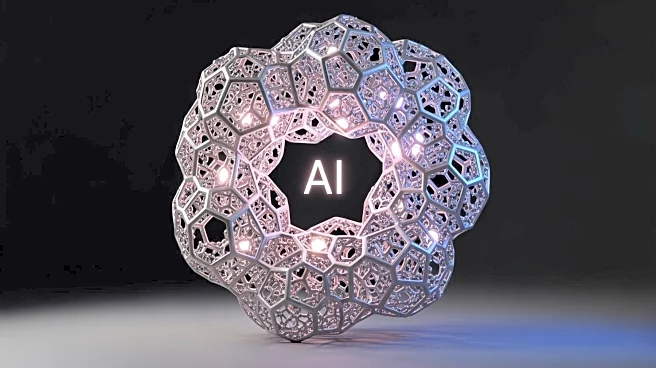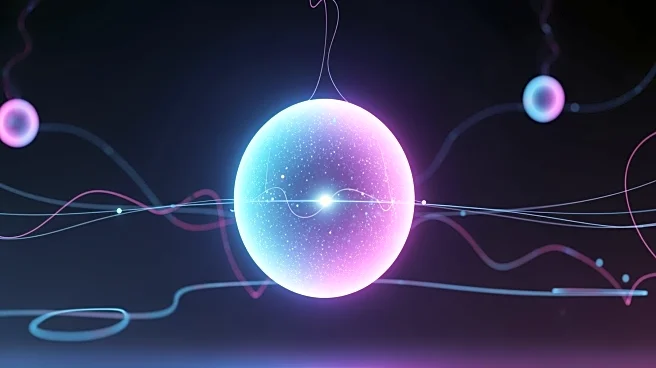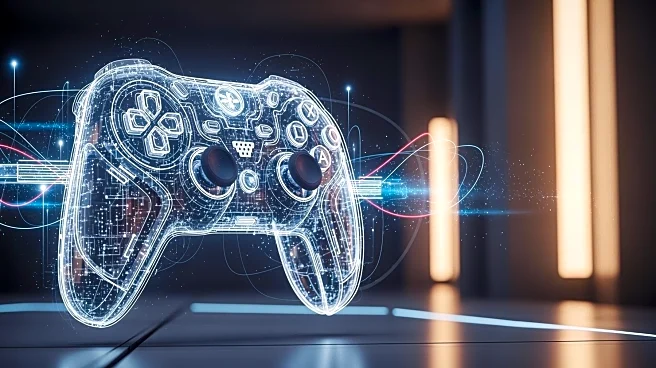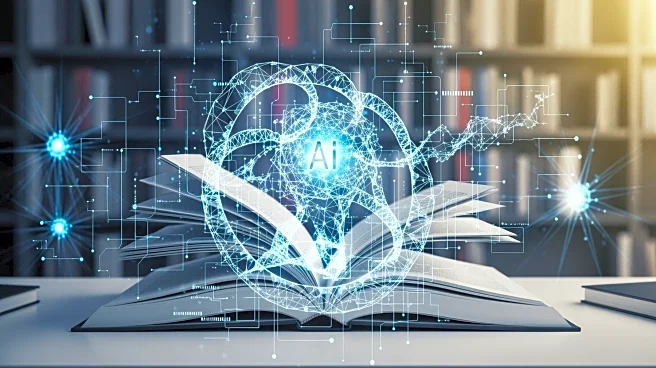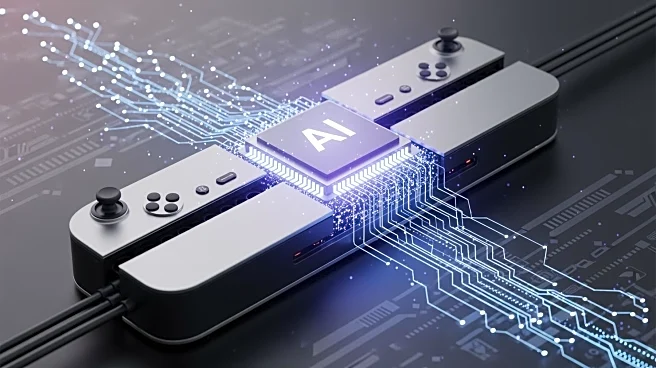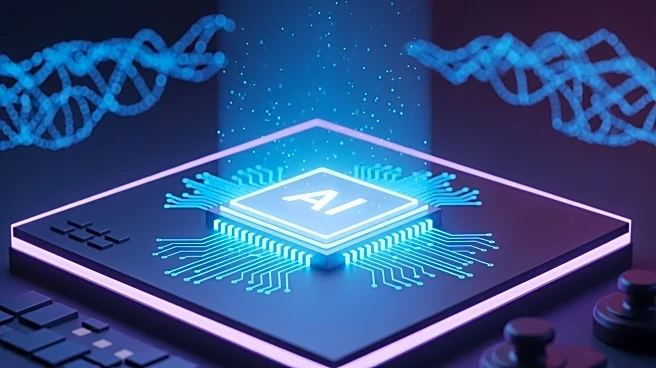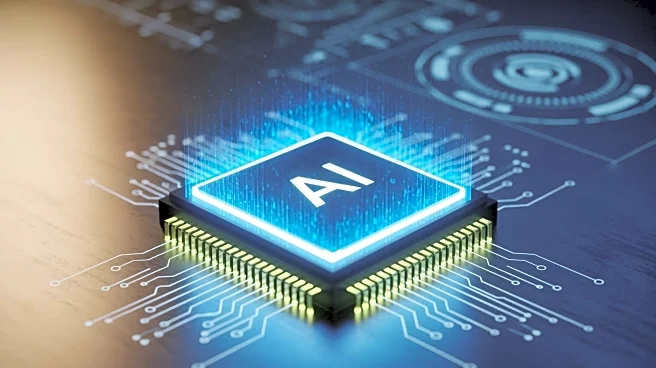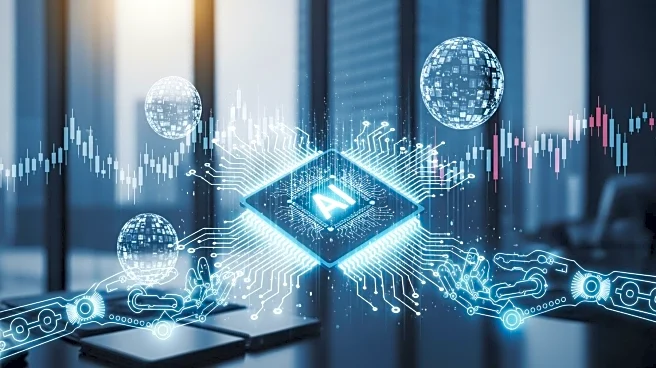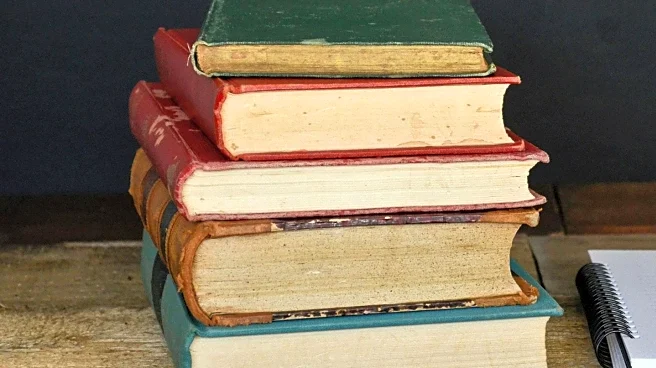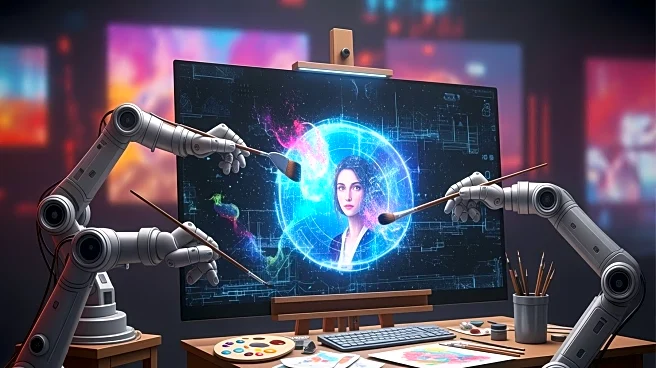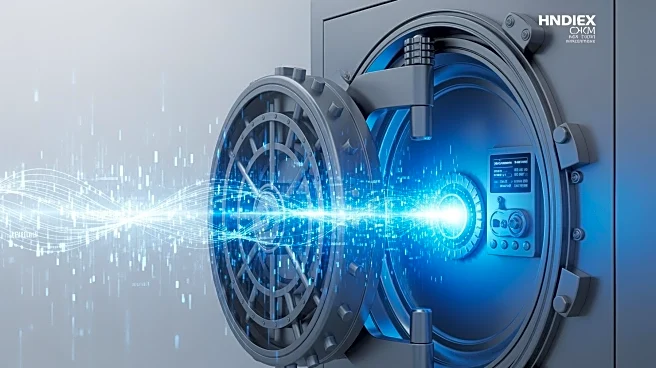What's Happening?
Students at the Pratt School of Design are engaging with the evolving landscape of art and creativity influenced by artificial intelligence. As art schools experience a surge in applications, these students
are at the forefront of exploring how technology intersects with traditional art forms. The integration of AI into art education is prompting a reevaluation of creative processes and the role of technology in artistic expression. This development is part of a broader trend where educational institutions are adapting to technological advancements, preparing students for a future where AI plays a significant role in various creative industries.
Why It's Important?
The incorporation of AI into art education is significant as it reflects a shift in how future artists and designers are being trained. This trend has implications for the art industry, potentially transforming how art is created, perceived, and valued. By embracing AI, art schools like Pratt are equipping students with skills that are increasingly relevant in a tech-driven world. This could lead to new forms of artistic expression and innovation, influencing the broader cultural landscape. Additionally, the rise in applications to art schools suggests a growing interest in fields that combine creativity with technology, which could impact the future workforce in creative industries.
What's Next?
As AI continues to evolve, art schools may further integrate technology into their curricula, offering more specialized courses that focus on the intersection of art and AI. This could lead to collaborations between artists and technologists, fostering innovation and new artistic movements. The art industry may also see changes in how art is marketed and sold, with AI-generated art gaining popularity. Stakeholders in the art world, including galleries and collectors, will need to adapt to these changes, potentially redefining the value and authenticity of art in the digital age.
Beyond the Headlines
The use of AI in art raises ethical and philosophical questions about authorship and creativity. As AI-generated art becomes more prevalent, debates may arise over the ownership of such works and the role of human creativity in the artistic process. This could lead to new legal frameworks and industry standards to address these issues. Additionally, the cultural impact of AI in art may influence public perceptions of technology, highlighting both its potential and its limitations in creative fields.
